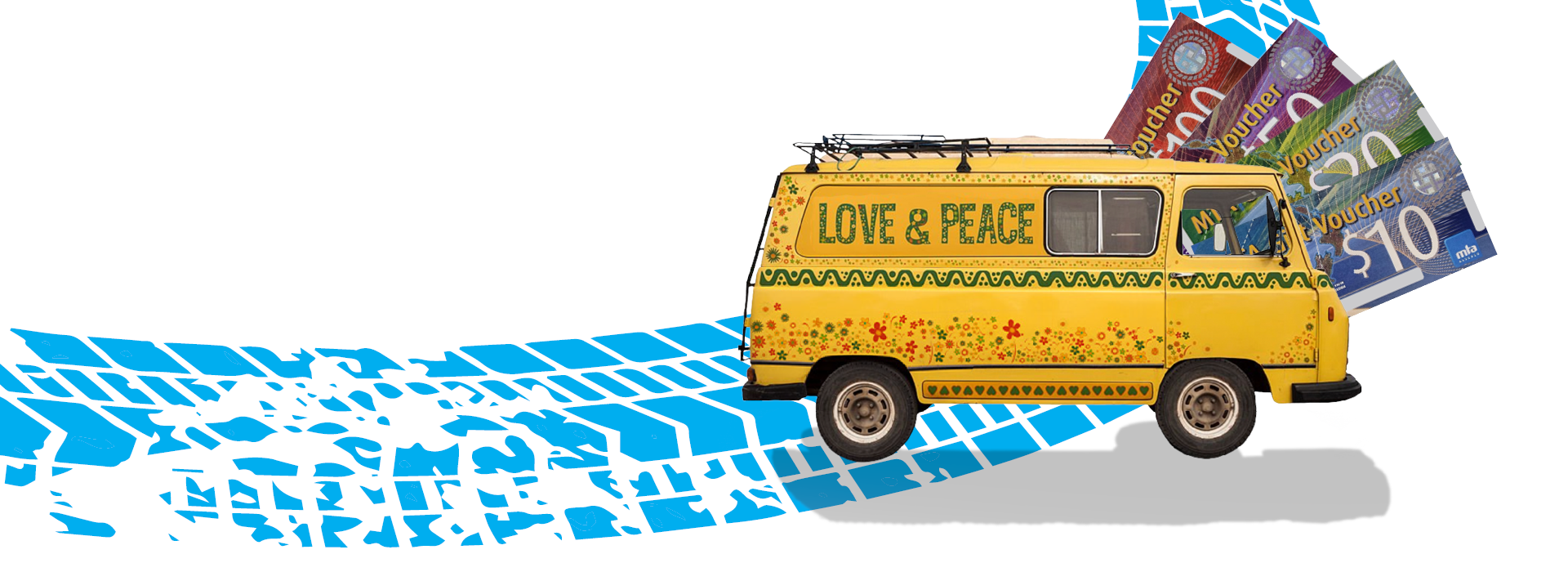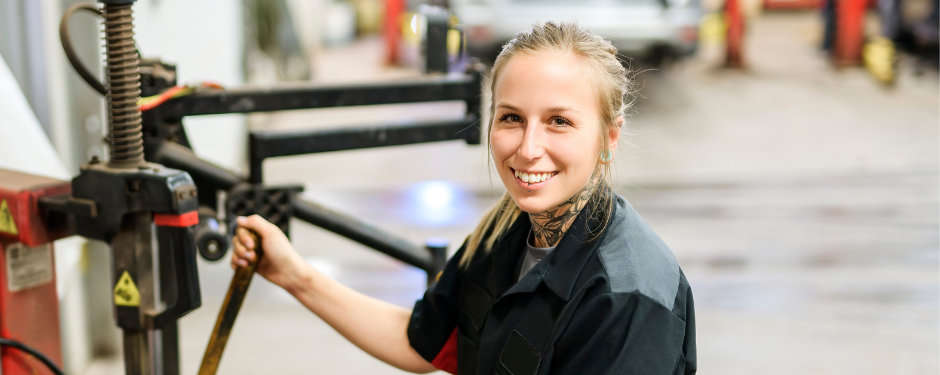All you need to know
TOP TIPS FOR SAFER MOTORING
How do you look after your car battery? What’s New Zealand’s motorway etiquette or even the best fuel type for your vehicle? Get what you need to know, direct from MTA professionals. Then you can hit the road and enjoy safer travel.

MEMBERS
Repairers
Dealers
Service Stations
Motor Trade Association
About MTA
We've come a long way since 1917 and still going strong. Catch up on what the MTA stands for today, what our vision is for the New Zealand automotive industry, the people making this vision happen and see how we support our members.
Find an MTA member
We have you covered from warrant of fitness, general repair workshops, vehicle sales and service stations.

SUSTAINABILITY
DEVELOP SOLUTIONS TO OUR COMMON CHALLENGES
Our mission is to drive sustainability throughout the automotive industry by leveraging a common voice and by engaging our members and related sectors on impactful activities.
.png?sfvrsn=de866b06_0)













.png?sfvrsn=738dabed_3)

